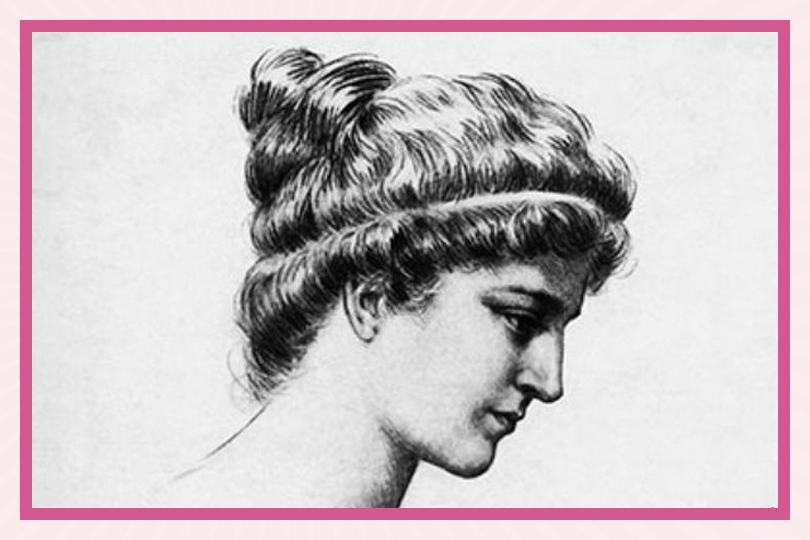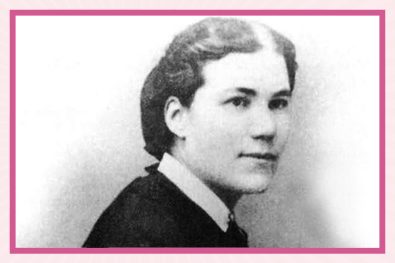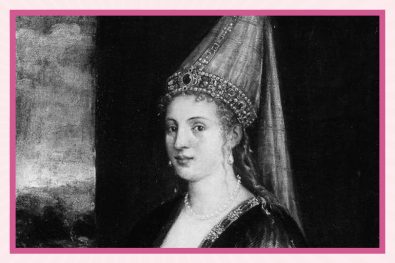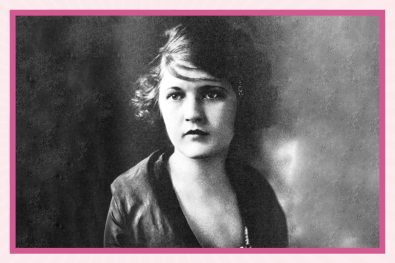By Sienna Vittoria Asselin
A young woman wearing the robes of a scholar—otherwise reserved for men—stood in the center of the city. When she began to speak, the crowd of onlookers listened attentively. Her lectures were engaging, bringing to life the complex theories and ideas of Aristotle, Plato, and other ancient thinkers, presenting them in an understandable way. Not only that, but she was beautiful, and her charisma was infectious.
Who was this fascinating woman, whose lectures drew students of philosophy, astronomy, and mathematics from across the Roman Empire? Read on for a look at the life and legacy of Hypatia of Alexandria, a woefully underrated scholar who made her mark on classical antiquity.
The beginning
As with much of ancient history, the dates we have for Hypatia’s life are vague at best. Historians traditionally believed Hypatia was born around 370 CE, but more recent scholars have pushed the date back to 355 CE. Unfortunately, we know very little of her childhood.
We do know that she lived in the city of Alexandria in Egypt, then part of the eastern half of the Roman Empire. At the time it was still a leading centre of culture and learning of the ancient world, rivalled only by Athens, though it was heading towards its slow decline.
And most importantly, we know that her father, Theon, was the last of the great mathematicians and astronomers of Alexandria’s Museum. Also referred to as the House of the Muses, this was an institution that was the ancient equivalent of a modern think-tank, employing the most innovative scientists, writers, philosophers, and mathematicians of the day.
Theon went against gender norms of the time and provided Hypatia with an advanced education and mentored her personally. It was apparent from a young age that she was a prodigy.
Soon, she helped him with his work. Theon played an important role in preserving ancient scholarship and wrote important commentaries. Now, some believe that some of the work he was credited for was actually hers—for example, part of his version of Ptolemy’s Almagest, which is the treatise that established the Earth-centric model of the universe that wouldn’t be overturned for more than a thousand years.
A career of her own
It wasn’t long before Hypatia surpassed her father’s mentorship and began working as a mathematician and astronomer in her own right. She began writing and teaching from home, and like her father, Hypatia created edited versions and commentaries of important mathematical and scientific works, preserving ancient scholarship for posterity. She quickly became the leading mathematician of her day and her works were seen as authoritative.
Hypatia also became a philosopher (which was outside of her father’s area of expertise) and became the head of the Neoplatonic school—a very prestigious role for a young woman in her twenties.
She was paid a civic salary, which was unique firstly because she was a woman, and second, because she was a pagan in a city that was becoming increasingly Christian as time went on. Hypatia had full access to the resources of the Museum, which housed a repository of ancient manuscripts. She was responsible for teaching the next generation of men and women of Alexandria, and maintaining the intellectual heritage of the city’s Hellenic (aka Classical Greek) roots.
She boldly wore the scholars’ robes otherwise reserved for men out in public and she drew in students from across the Roman Empire. Hypatia became famous for her brilliance—and also for her reported beauty. Her fame soon drew criticism from high-profile men; some claimed she was a “brazen woman” of “loose morals.”
Interestingly, Hypatia remained celibate throughout her life and never married, rendering her “genderless” and allowing her to fit in (a bit more, anyway) amongst the male scholars. She lived the life of a respected academic.
Brutal demise
During Hypatia’s time, Alexandria was undergoing a tumultuous transition between its ancient pagan past and its Christian future.
And because of her respected position as an eminent thinker and academic of her time, she developed friendships with people in high places and men of power began to seek her counsel.
To make a long and complicated story short, Hypatia got caught in a power struggle between the “old ways” (headed by her friend, Alexandria’s governor Orestes, who she advised to stick to the ways of pagan antiquity) and the new (headed by the new bishop Cyril, who wanted to push Alexandria further into Christianity, the new state religion of the Roman Empire).
Hypatia was targeted as a scapegoat for the persisting pagan influence by a group of Christian monks. Historians still debate how much of a hand Cyril had in this, and whether it was just the actions of a radicalized group. But nevertheless, in 415 CE, on her way home from delivering her daily lectures, a gang of fanatical monks dragged Hypatia from her chariot down the street into a church. They stripped her naked, skinned her with razor-sharp seashells, beat her to death, and burned her body. It was a gruesome way to die, and it was shocking to contemporaries.
Legacy
Hypatia is considered the earliest female mathematician and astronomer (or the earliest that we know of, anyway) and her influence can be traced across the millennia.
But perhaps what she is most famous for is her brutal and tragic end. Her violent death became a thing of legends, and she was seen as a martyr of ancient philosophy. During the Age of Enlightenment in the eighteenth century, the story of her death became a symbol of the clash between church and state, and her story was used to emphasize the conflict between dogmatic belief and free intellectualism.
Modern feminist historians have taken a new interest in her story, and focussed more on her extraordinary career, moving some of the spotlight away from her sensationalized death and onto the incredible life that she lived. Now, her role in paving a way for future female scientists is appreciated and celebrated.











